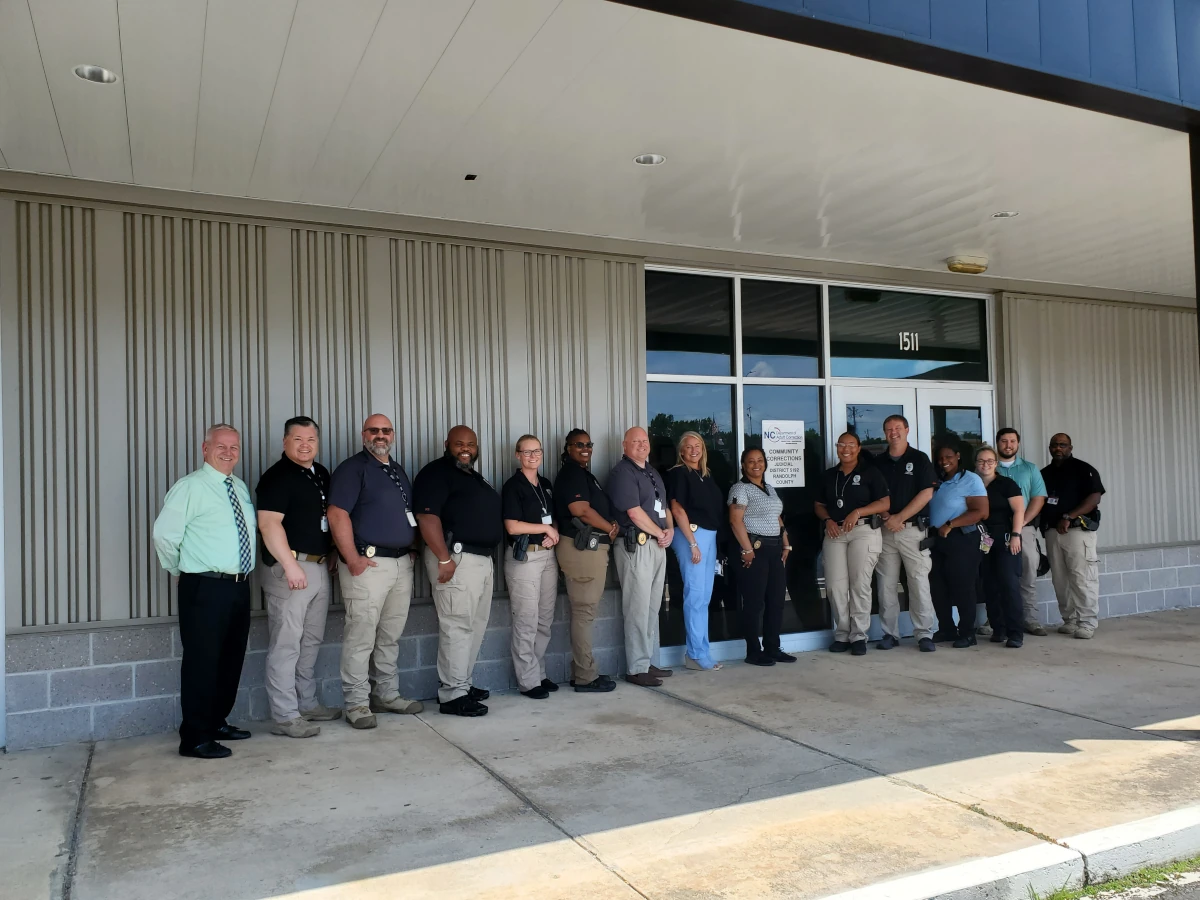
A North Carolina Correctional Facility’s Innovative Use of Simulator Training
Correctional officers face some of the most challenging environments in law enforcement, requiring constant vigilance, effective communication skills, and the ability to stay calm under pressure. Yet, too often, training technology vendors focus on police markets, leaving the more narrow niche of prisons and corrections without tailored solutions. This is unfortunate, as corrections officers require an equal—if not higher—level of preparedness compared to street patrol officers.
While all men and women in uniform potentially face dangerous situations, correctional staff regularly encounter some of the most intense conditions. Inmates significantly outnumber staff, who often do not have access to lethal force as a last resort. Removing prisoners from their cells, for example, consistently ranks as one of the most dangerous tasks in all of law enforcement. This reality is all too familiar to Charles Carter, a North Carolina Department of Adult Correction (NCDAC) training manager, whose division oversees the training of over 1800 cadets yearly for Institutions and Probation/Parole.
“What separates our staff from typical law enforcement is that prison staff come into contact with individuals who have broken the law to a degree that resulted in incarceration,” said Charles. “And when you’ve taken away someone’s freedom, you never know how that individual is going to react. Correctional officers have to be constantly vigilant because they are around people known to be violent.”
While NCDAC requires 32 hours of firearms training and six weeks of basic Correctional Officer training, 52 hours of firearms and eight weeks of basic Probation Officer training, NCDAC Secretary Todd Ishee and leadership saw a need to increase how recruits practice de-escalation and communication skills since correctional officers frequently need to defuse conflict without using force. Carter explained how NCDAC could improve staff safety with training that goes beyond use-of-force tactics.
“Our goal is to train officers to avoid using force whenever possible,” said Charles, “because when force is used, especially in an Institution setting, it often means getting physically close to the individual, which increases the risk of injury to both parties. While some situations may require immediate action, we aim to train our officers to use communication first, avoiding non-lethal and deadly force whenever possible. That’s the best outcome for everyone, including the offender.”
Fortunately for Charles, VirTra recently expanded its curriculum to include even more corrections-specific content. When NCDAC acquired the V-300 immersive simulators in 2024, instructors immediately began learning the system and software to better prepare cadets and staff.
“VirTra will enable us to teach cadets practical communication skills to de-escalate situations, when possible,” said Charles. “The big picture is that we need our staff to be comfortable using verbal skills and non-lethal tools, while also being prepared to use lethal force if necessary. Our simulators will allow us to teach that balance.”
Looking ahead, he enlisted his team for training in VirTra’s V-Author program—a suite that allows users to build custom scenarios tailored to their agency’s needs and even uses panoramic photos of his actual correctional centers.
“We’re excited about our V-Author course in December,” said Charles. “Using our own scenarios and scenes from our facilities, we’ll be able to take these recruits’ communication skills to the next level and ultimately help them become much more prepared for the job.” “We couldn’t be more thankful to Secretary Ishee, his leadership team, and to VirTra for providing us with such a valuable training tool.”
Recently Published
Join Our Newsletter







